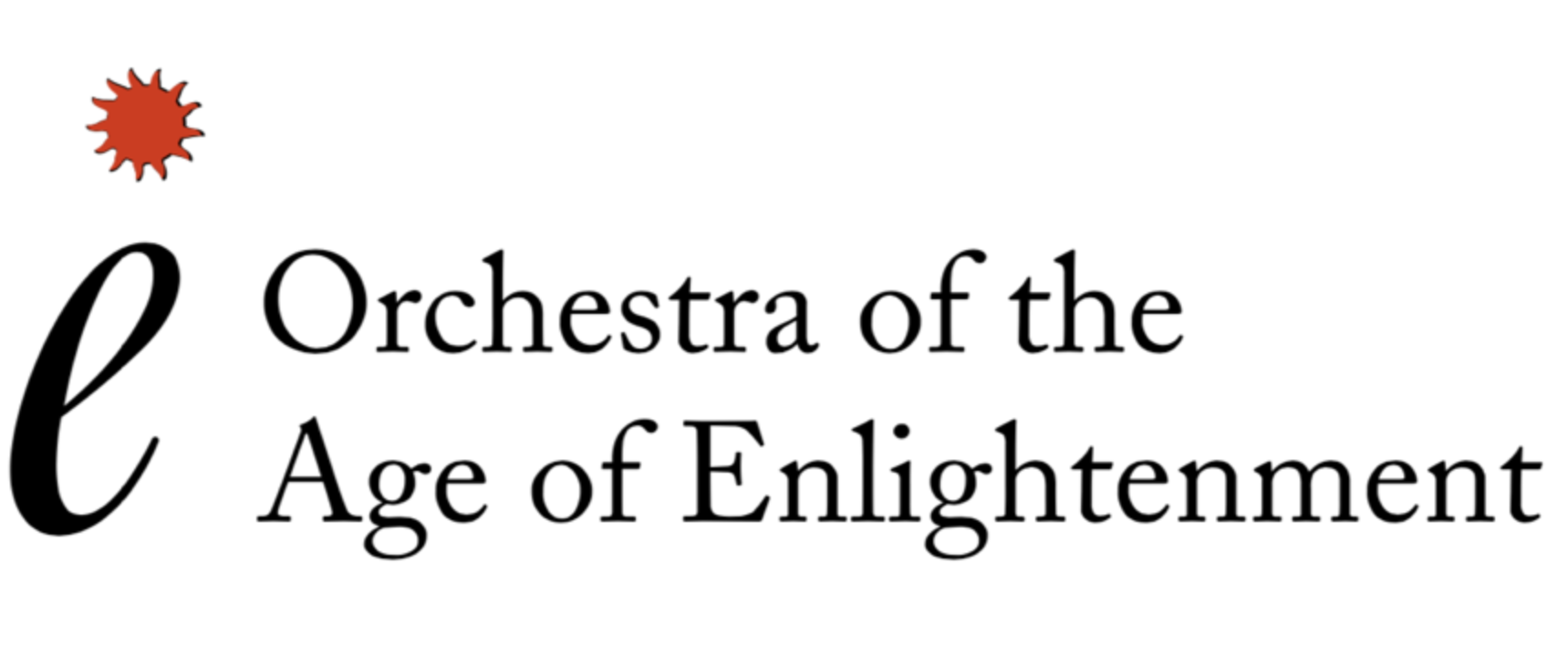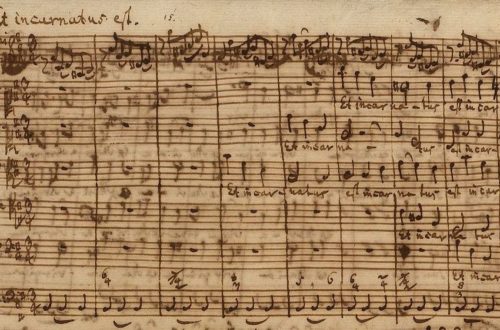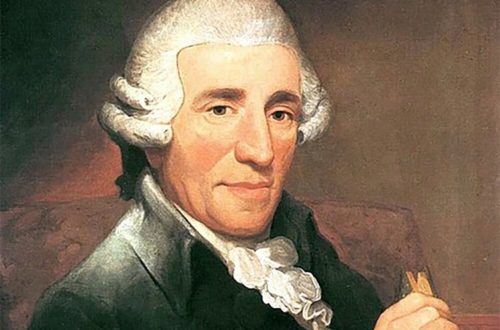Christmas time, cantatas and wine. 6 November 2023
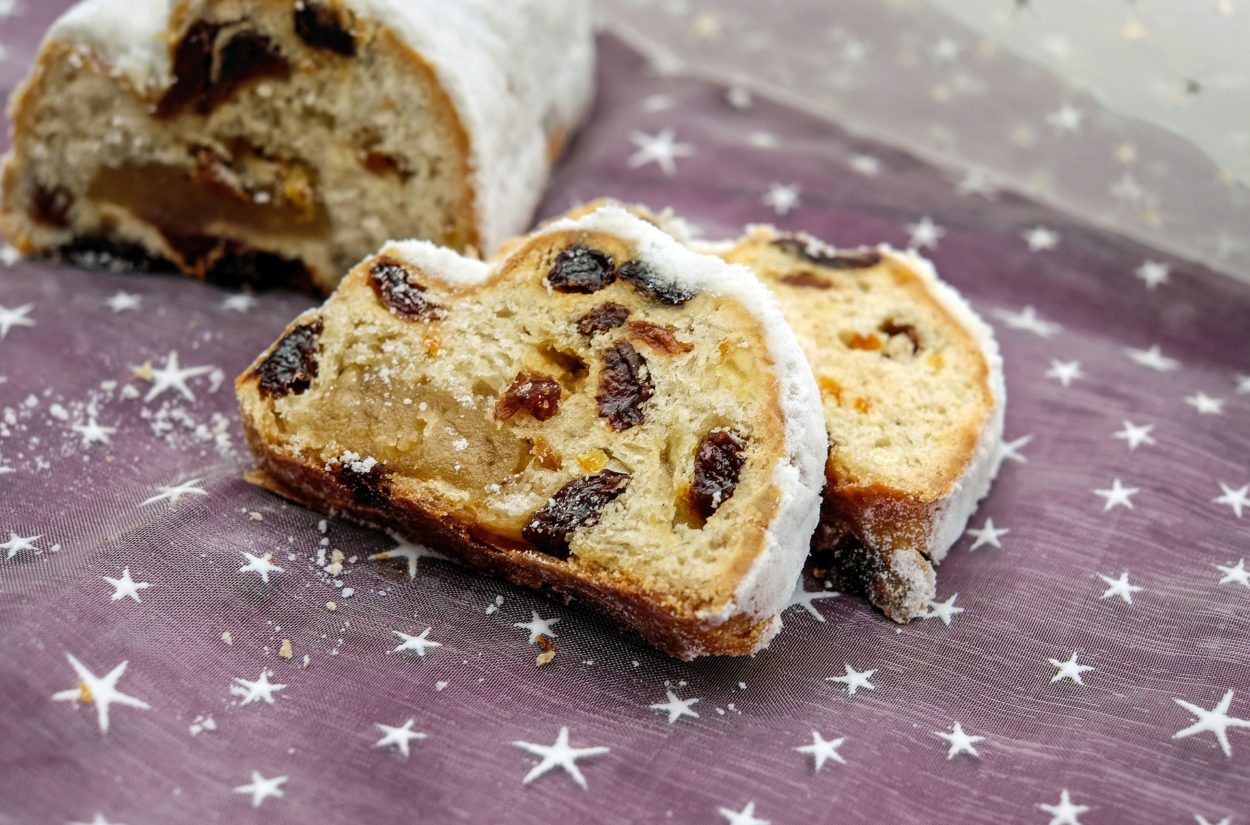
Every year one hears the plaintive lament that Christmas has been mentioned even earlier than before, with shops advertising their wares at an eye-wateringly premature date. There was less risk of this happening to an 18th Century German Lutheran like JS Bach. Living in Leipzig as a busy director of music overseeing several churches, the rhythms of the liturgical calendar would have been palpable. The Christmas season began on 25 December, lasting until the feast of the Epiphany in January. Leading up to this was the season of Advent, with its more solemn sense of preparation, and there were numerous liturgical and cultural markers to denote this shift between anticipation and celebration. Even so, Bach had to think ahead, and in 1734 he set about preparing for the Christmas season of 1734-35 by writing a vast Christmas oratorio: a set of six cantatas to be performed on six key occasions during the Christmas period.
Meanwhile, although the distinction between Advent and Christmas was a firm one, Bach’s compatriots relished getting into the festive spirit. In Dresden in 1730, Augustus II the Strong, Elector of Saxony, ordered the Bakers’ Guild of Dresden to bake an enormous Stollen cake weighing 1.7 tonnes so that everyone might enjoy a piece – an undertaking that called for the construction of a giant Stollen oven and Stollen knife. Back in Leipzig, the local pastry delicacy was the Leipziger Lerche, a lark pie (in 1720, 400,000 larks were sold for consumption, although the practice was banned 150 years later and the filling replaced with crushed almonds, other nuts and cherries), washed down with Gose, a local sour beer particularly popular during Bach’s era. At Christmas time, both Glühwein (mulled wine) and Lebkuchen (a type of gingerbread) were already seasonal staples.
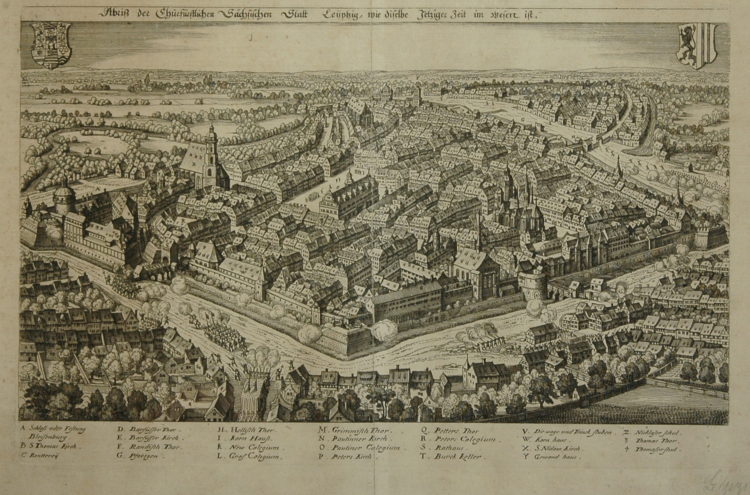
The Leipzig marketplace was and is a focal point of the city, and while the Weinachtsmarkt or Christmas market as we might recognise it is a more recent phenomenon, officially established there in 1767, the Saxony tourist board proudly asserts that the Leipzig Christmas market dates back to 1458. Christmas or December markets proliferated across Germany in the Middle Ages, usually opening at the beginning of Advent. By Bach’s time, the marketplace would have been illuminated by glimmering lamplight: on Christmas Eve 1701, an oil-fuelled system of street lighting was installed in Leipzig, with special guards employed to light all 700 lamps punctually.
We know that Bach enjoyed his beer and his coffee but – in a scenario that will be familiar to most musicians in the run-up to Christmas – he was probably too busy with his commitments to enjoy these festivities to the full. His duties at Leipzig were phenomenally heavy, combining the composition of weekly cantatas and other music for four of the city’s churches, as well as for its civic ceremonies, with teaching Latin (a task he delegated to a deputy), training four choirs of schoolboys, and giving instrumental lessons to the most promising pupils.
Bach had been appointed Director of Music in Leipzig and Cantor of the St Thomas Boys Choir, made up of boys from the city’s Thomasschule and affiliated with the Thomaskirche, in 1723, retaining the position until his death in 1750. He would probably have regarded the initial appointment as a step down from his previous role in Cöthen, and he had little respect for his employers; the council, meanwhile, considered him a mediocrity. Tensions soon surfaced. In 1729, when the school’s headmaster died, complaints about the composer were voiced. Bach in turn aired his own grievances and outlined his requirements for music-making in 1730: ‘A well-appointed church music requires vocalists and instrumentalists… Every musical choir should contain at least 3 sopranos, 3 altos, 3 tenors, and as many basses, so that even if one happens to fall ill (as very often happens, particularly at this time of year, as the prescriptions written by the school physician for the apothecary must show) at least a double-chorus motet may be sung.’ He was frustrated by the effect of his limited forces on performance standards: ‘… if I should mention the music of the Holy Days (on which I must supply both the principal churches with music), the deficiency of indispensable players will show even more clearly…’.
It is remarkable that Bach wrote so much extraordinary music in these trying conditions, including his St Matthew and John Passions and three oratorios for Christmas, Easter and Ascension. This is perhaps best explained by Bach’s stubborn yet practical personality. In 1747, he would respond to an apparently impossible musical challenge laid down by Frederick the Great with The Musical Offering, suggesting that his genius was inspired rather than diminished by those who doubted him; friction at Leipzig may therefore have been the grit in the oyster needed for the creation of musical pearls.
We perform the complete Christmas Oratorio, conducted by Masaaki Suzuki, at the Southbank Centre on 2 & 3 December.
